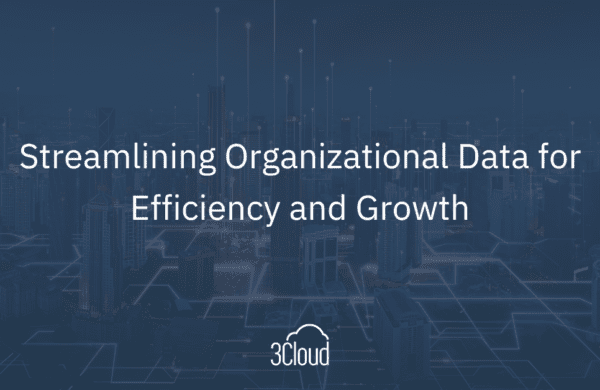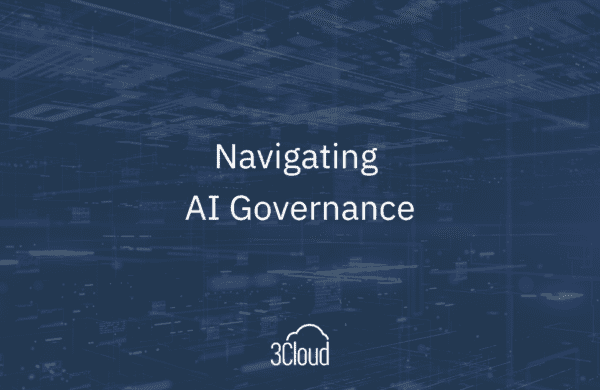In modern manufacturing, Artificial Intelligence (AI) is a catalyst for innovation and efficiency. Leading manufacturing firms are leveraging AI’s potential to enhance efficiency, accuracy and productivity across a diverse range of processes. Its integration into manufacturing processes is reshaping industries, optimizing operations and driving businesses towards unprecedented levels of productivity.
In this blog, we’ll explore AI technologies and applications, illustrating how these technologies can transform manufacturing operations. Additionally, we will discuss the challenges and considerations for implementing AI, such as data management, workforce training and technological integration, as well as future trends.
What is AI in Manufacturing?
At its core, AI in manufacturing entails the utilization of advanced algorithms and data-driven insights to automate processes, enhance decision-making and optimize performance across the production chain. The primary benefits include increased efficiency, productivity, improved quality control, predictive maintenance, cost reduction and better decision-making through data. By leveraging insights from AI, manufacturers can streamline operations, minimize downtime, and maximize output. Additionally, AI empowers quality control measures through real-time monitoring and predictive analytics, ensuring adherence to stringent standards.
Thinking about implementing AI in your organization? Discover what leaders need to know to take advantage of all AI has to offer.
Common AI Technologies in AI Manufacturing
Given the abundance of data generated daily by industrial IoT and smart factories, artificial intelligence holds numerous promising applications in manufacturing. Commonly used AI technologies in manufacturing include machine learning, generative AI, robotics, computer vision, natural language processing (NLP) and the Internet of Things (IoT).
These technologies find application across various domains, from assembly line automation to inventory management and supply chain optimization. Predictive maintenance stands out as a prime example of AI’s role in manufacturing. With AI, production data can be leveraged to enhance failure prediction and maintenance scheduling, ultimately reducing maintenance expenses for production lines. Other benefits of AI applications in production include more accurate demand forecasting and less material waste.
Machine learning in quality control analyzes large datasets to detect defects, anomalies and patterns in production processes. It enables real-time monitoring, automated inspection, and predictive analytics to ensure product quality and compliance with standards. In the context of manufacturing processes, AI use cases often center around the following technologies:
- Machine learning: Employing algorithms and data to learn from underlying patterns without explicit programming.
- Deep learning: A subset of machine learning utilizing neural networks for tasks like image and video analysis.
- Autonomous objects: AI-driven agents capable of self-management, including collaborative robots or connected vehicles.
In this case study, see how 3Cloud helped a large chemical company save millions by improving operational efficiencies with an IOT solution
Integrating AI with Existing Systems
AI can be integrated with existing manufacturing systems and machinery by leveraging APIs, retrofitting equipment with sensors, and implementing AI-driven software solutions compatible with legacy systems and involves a systematic approach. Initially, manufacturers assess their current systems to identify areas where AI can add value. Data collection follows, gathering relevant data from sensors, machinery and other sources within the manufacturing environment. This data must undergo preparation to ensure its accurate, consistent and properly labeled before it’s fed into AI algorithms. Once prepared, appropriate AI techniques are chosen based on specific requirements and objectives. These may include machine learning algorithms like supervised learning for predictive maintenance or deep learning techniques for image recognition tasks.
Following the development and training of AI models, integration with existing manufacturing systems occurs. This step ensures seamless communication between AI components and existing machinery or control systems. Real-time monitoring and feedback mechanisms are then implemented to continuously evaluate AI performance and maintain optimal efficiency. Scalability and maintenance protocols are established to accommodate future growth and changes in the manufacturing environment. Organizations must prioritize employee training to ensure proficiency in operating and maintaining AI-integrated systems. Finally, adherence to regulatory and compliance requirements ensures that AI systems comply with industry standards and regulations, safeguarding against legal or regulatory issues.
At the core of AI is having a modern data platform. Learn why this is a critical element in AI implementation.
Challenges of AI in Manufacturing
Despite its potential, the integration of AI in manufacturing is not without its challenges. Manufacturing firms can encounter challenges such as ensuring data quality and accessibility, addressing interoperability, technical barriers and workforce-related issues. AI in manufacturing raises questions about the role of humans in the production process. While AI can automate repetitive tasks and optimize processes, human expertise and judgment are still essential for solving complex problems, making decisions and oversight.
Security concerns regarding cybersecurity and data privacy, as well as compliance with industry regulations, further complicate AI implementation in manufacturing. Overcoming these challenges requires a multidisciplinary approach, involving collaboration between engineers, data scientists, IT professionals and domain experts to develop solutions that enhance efficiency, quality, and innovation in manufacturing operations. In addition, organizations must cultivate a culture conducive to AI innovation, fostering collaboration and embracing change.
AI’s Impact on the Workforce
AI’s impact on the workforce presents both opportunities and challenges. While AI has the potential to automate tasks and increase productivity, concerns arise regarding job displacement, skill gaps and ethical considerations. AI impacts the workforce by augmenting human capabilities, creating new job roles centered around AI implementation and maintenance, necessitating upskilling and reskilling initiatives to align with evolving job profiles and responsibilities. In addition, the rapid pace of technological advancement requires workers to continuously update and acquire new skills to remain relevant in the workforce.
Additionally, ethical issues such as algorithmic bias, data privacy and discrimination must be addressed to ensure responsible and equitable deployment of AI technologies. Overall, managing the impact of AI on the workforce requires careful consideration of both its benefits and potential risks, alongside proactive measures to foster a fair and inclusive transition to the future of work.
Read our blog about cultivating an AI culture and ethical considerations.
Measuring ROI and Ethical Considerations
ROI of AI in manufacturing can be measured by tracking metrics such as increased productivity, reduced downtime, cost savings, increased product quality, revenue growth and customer satisfaction, comparing them against pre-implementation benchmarks or industry standards.
Ethical considerations include data privacy and security, bias in AI algorithms, transparency in decision-making processes, potential job displacement, ensuring AI systems adhere to regulatory standards and minimizing negative societal impacts. Encouraging reflection and adherence to ethical frameworks is crucial to mitigate risks and uphold integrity.
Future Trends
Looking ahead, the path of AI in manufacturing is poised for exponential growth. Future trends include the widespread adoption of autonomous robots, further integration of AI with IoT devices, advancements in predictive analytics and prescriptive maintenance, increased use of AI-powered simulations for process optimization, and the emergence of AI-driven digital twins for virtual prototyping and testing.
In conclusion, the journey of AI in manufacturing is one of immense potential. By addressing the challenges and capitalizing on the opportunities, manufacturers can pave the way for a future where AI redefines the industry. Embrace the future of AI in manufacturing with us and get started with 3Cloud today.




